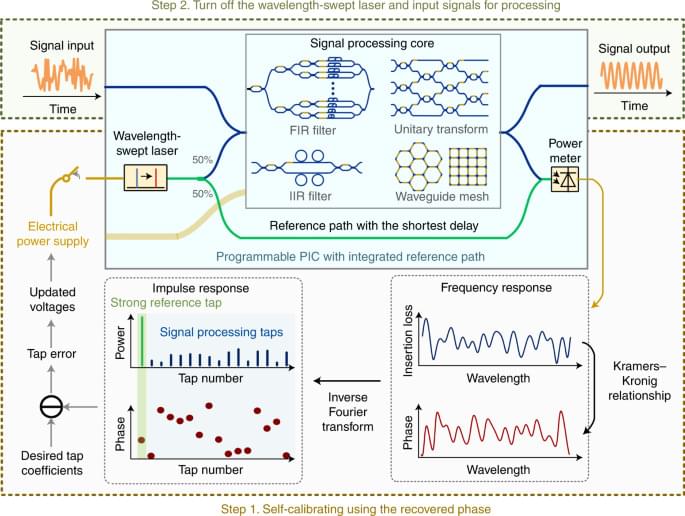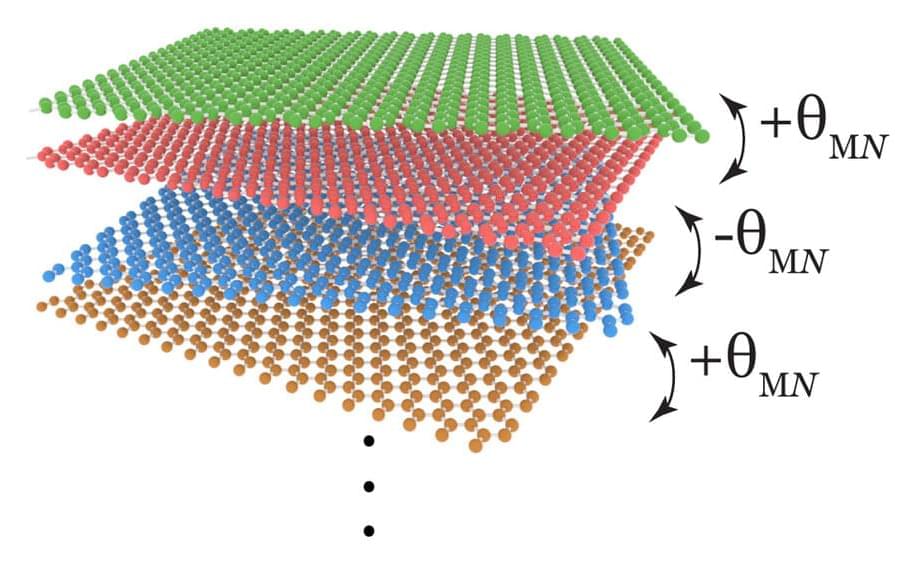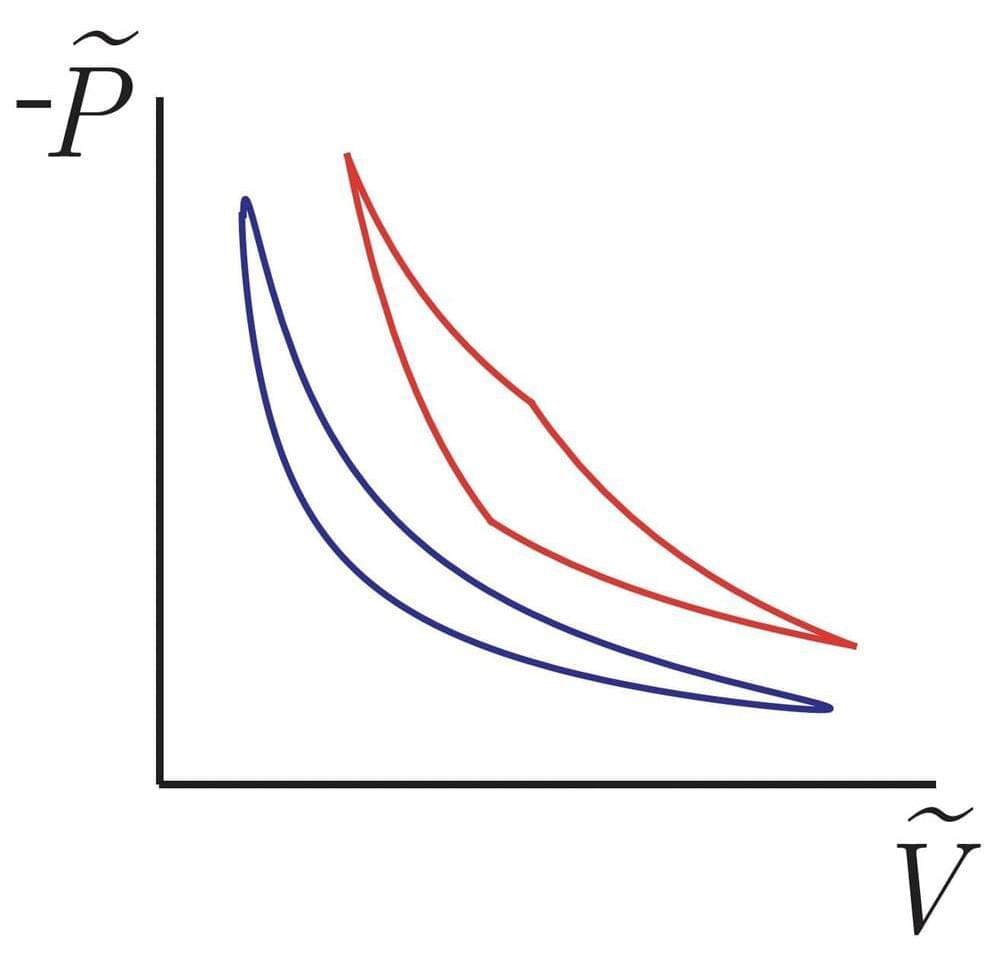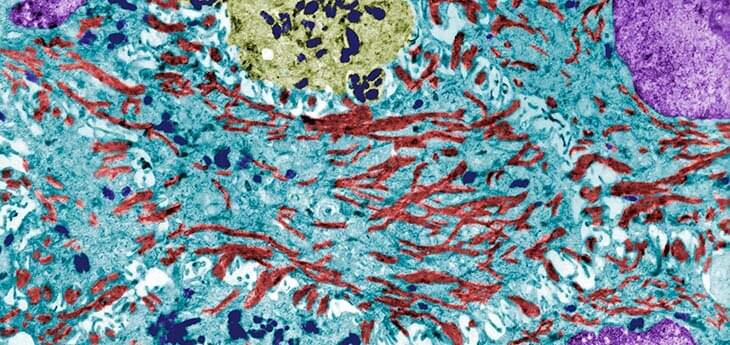Summary: People who practice meditation often report feeling “pure awareness” in which they say they experience consciousness itself. The state encompasses specific sensations and non-specific feelings, thoughts, and perceptions. Researchers say their findings will help explain “pure consciousness,” and work to generate a prototypical minimal model for human conscious perception.
Source: Johannes Gutenberg University Mainz.
In the context of meditation practice, meditators can experience a state of “pure awareness” or “pure consciousness”, in which they perceive consciousness itself. This state can be experienced in various ways, but evidently incorporates specific sensations as well as non-specific accompanying perceptions, feelings, and thoughts.






